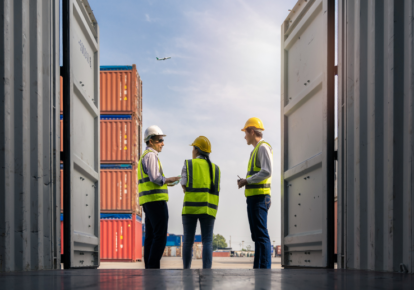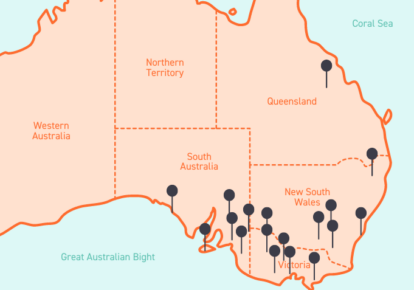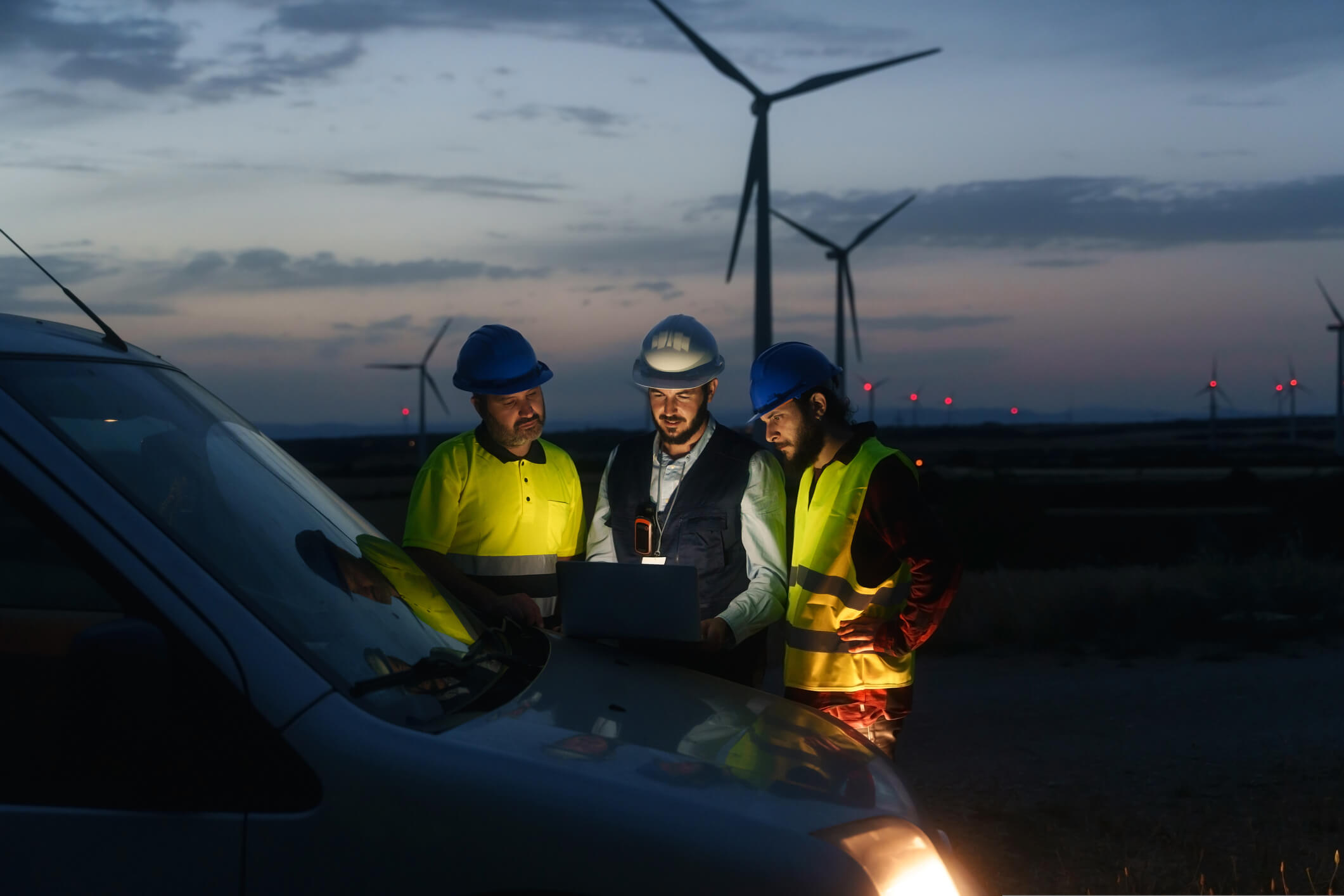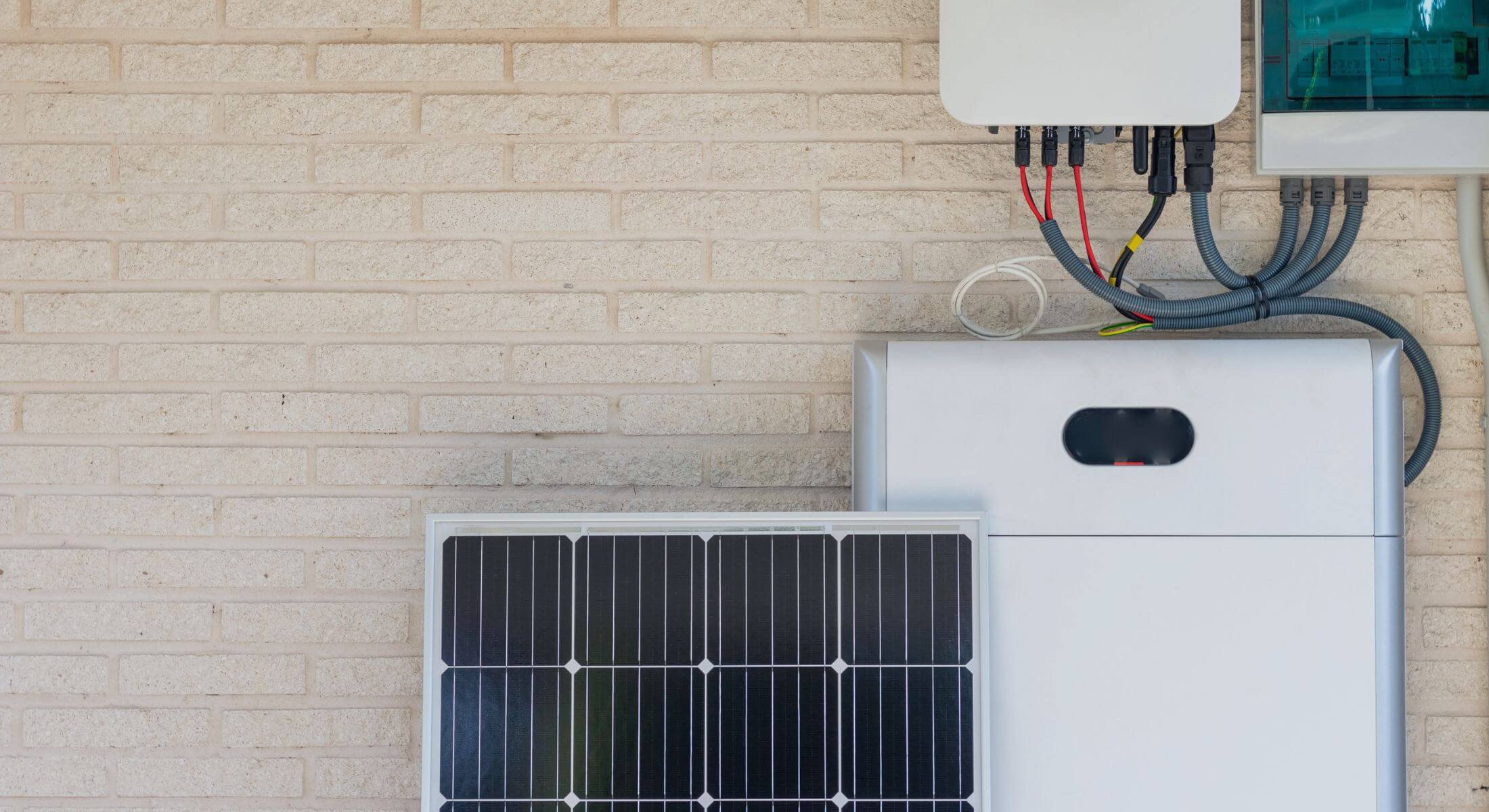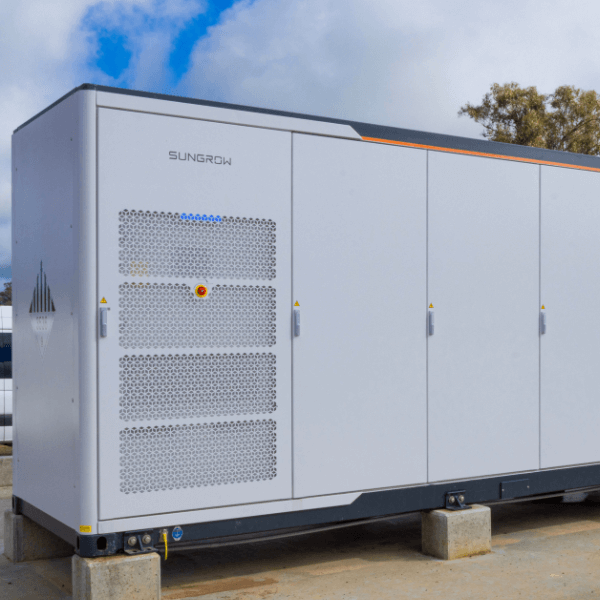When it comes to energy emissions, zero is the magic number – and in 2024, zero is where we’re headed.
At the end of 2023, we unveiled Flow Power’s Carbon Strategy, outlining how we’ve achieved carbon neutrality and offset scopes 1,2 and 3 emissions for our corporate offices. But carbon neutrality, or net zero, was just the beginning.
Our next target is true zero, starting with our Melbourne office.
But what does this mean? And more importantly, how do we get there?
What is true zero?
Put simply, true zero aims to eliminate all emissions produced by a business or organisation.
This can span from direct emissions relating to the activity of a business (scope 1), through to indirect emissions from energy consumption (scope 2) and embodied emissions within supply chains or investments (scope 3). Learn more about scope of emissions and carbon accounting.
The term ‘true zero’ is absolute by definition, but as a newly emerging concept, the boundaries are still the subject of debate. This is why we decided that in order to reach true zero, we first needed to define what it means to us and where we should draw the scope boundaries for Flow Power as a business.
To explore these ideas, we created the true zero spectrum.

Absolutist
At one end of the spectrum sits the absolutist approach to true zero.
This approach targets all three scopes of emissions within direct control of a business, which must be reduced to zero. Emissions that the business cannot control, must be offset in a verifiable and certified manner.
Scope 1
The absolutist scope 1 emissions boundary includes sources from three main segments:
- Burning – the business must eliminate all fuels combusted onsite (and replace them with an electric alternative).
- Direct gas emissions – the business must eliminate or contain the release of any gases defined under the GHG as having global warming potential.
- Biogenic methane & nitrous oxide – the business must use verifiable offsets in the case of these gases that are not reasonably possible to contain or manage.
Scope 2
To achieve true zero electricity, every unit of electricity used must come directly from a zero-emission source in real time.
The business must be certain that electricity consumed is the same electricity produced by the zero-emission source. This prohibits the use of grid electricity, due to the mix of generation sources powering the grid at any given time.
Ideally, the zero-emission source of electricity should be behind the meter, and the consumer would not be grid connected for import at all.
Scope 3
An absolute true zero business needs to understand its carbon footprint. The emissions boundary should be defined as it is currently defined under the GHG protocol, with the business independently verifying this boundary, plus the scope 3 emissions from its supply chains.
The business must work with an independent expert to sequester carbon on land it owns, ensuring that its sequestering strategy is consistent with the integrity of the local environment. This can include planting native trees, or reforestation to improve biodiversity – but should not include avoided deforestation as an offset to cover scope 3 emissions.
Businesses aiming for absolute true zero should be setting timeframes in which suppliers and staff are also required to reach true zero, to compensate for any emissions produced. For emissions that do occur in unforeseen circumstances, the use of verifiable offsets is required.
Pragmatist
At the opposite end of the true zero spectrum sits the pragmatic approach.
This approach acknowledges the idealistic goal of eliminating all sources of emissions but focuses instead on incremental progress and the practical compromises needed for real-world implementation in the short term.
True zero pragmatists address the scope of emissions on a case-by-case basis; for some, aiming for true zero across all three scopes may be realistic, for others, simply decarbonising their energy supply could still offer significant emission reduction outcomes.
Ultimately, taking action towards zero is better than not making changes at all, for fear of being unable to reach true zero.
Where does Flow Power sit on the true zero spectrum?
In the middle of the spectrum is the Goldilocks zone. Not too absolute, not too pragmatic – just right. And that’s where we sit (for now).
In this zone, we recognise that aiming for perfection can be the enemy of progress.
We take a utilitarian approach to true zero, focusing on the changes we can realistically implement now, and continuing to troubleshoot the factors outside of our control.
How do we plan to get to true zero?
To get Flow Power’s Melbourne office to true zero, we’ve outlined an initial three-phase approach:
Phase 1
- Power the Melbourne office using 100% time-matched renewable energy, leveraging our growing portfolio of renewable generation projects to achieve true zero for our scope 2 emissions.
- Model gas to electricity as a hypothetical to address the scope 1 emissions from our gas heating (noting that this is an externally influenced factor we may have to compromise on due to current building restrictions).
- Scope 3 emissions will remain at net zero for this phase.
Phase 2
- With scope 1 and 2 emissions accounted for, we will begin to explore and implement solutions to address scope 3 where possible.
- This phase will be focused on initiatives we can directly control that reduce scope 3 emissions at the source, such as the novated lease incentive for staff electric vehicles.
Phase 3
- In the final phase of our approach, we anticipate there will be sources of scope 3 emissions that we cannot feasibly reduce or eliminate – instead we’ll need to create solutions to effectively offset these, or find ways of influencing our supply chain.
- In working on influencing our supply chain and business partners to reduce their emissions and introduce true zero practices into their operations, we hope to continue developing new products and services that help address scope 3 emissions for our customers on net zero and true zero journeys.
The first steps towards zero
With our three-phase plan identified, work is underway to decarbonise our Melbourne office, starting with our electricity.
As the project continues to evolve, we’ll be sharing regular updates tracking our progress towards true zero. You can view all updates so far here.
Questions about true zero?
We’re here to help.
Speak to our zero carbon electricity specialists today to learn more, or connect with us via LinkedIn to join the true zero conversation.

